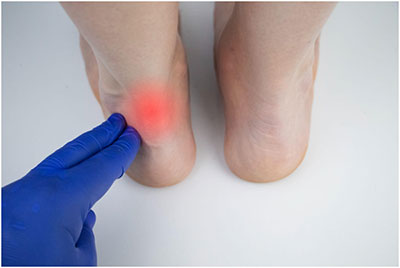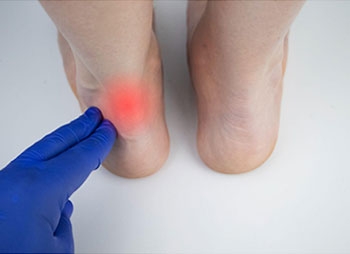
Did you know that the Achilles tendon is the largest tendon in the body? The Achilles tendon is located on the back of your foot, attaching your calf muscles to your heel, allowing us to walk, run, and jump. Achilles tendonitis occurs when the tendon becomes inflamed, usually due to repetitive or intense strain, causing pain and weakness.
Here are some of the signs and symptoms associated with Achilles tendonitis:
- Pain and stiffness
The most common symptom associated with Achilles tendonitis is pain and stiffness, ranging from mild to severe. This is most commonly experienced after prolonged periods of inactivity such as sitting or sleeping. Pain may also worsen during physical activities or exercise. - Swelling
When the Achilles tendon becomes inflamed, it often results in swelling and tenderness of the tendon. This swelling may be localized to the injured area of the tendon or could span the entire tendon. - Limited range of motion
As previously mentioned, the Achilles tendon is responsible for the movement of the ankle and foot. When the tendon is inflamed, your range of motion lessens making it difficult to walk or run. - Thickening of the tendon
In some cases of Achilles tendonitis, the muscle fibers may begin to break down over time causing tiny tears. This can result in tendon thickening which can be visualized or felt at the back of your ankle.
Fortunately, these symptoms can be treated through various remedies such as the RICE method, medication, or surgery in more severe cases. If you believe that you are suffering from Achilles tendonitis, it is essential to seek medical attention to avoid any further complications. Contact Dr. Bryant Ho for a consultation today!
Dr. Bryant S. Ho is board-certified in orthopedic surgery and is trained in the operative and non-operative management of adolescent and adult foot and ankle disorders. Dr. Ho places a strong emphasis on customizing his care for each patient to ensure successful outcomes. He provides all treatment options, including preventative care, conservative management, and operative intervention.



